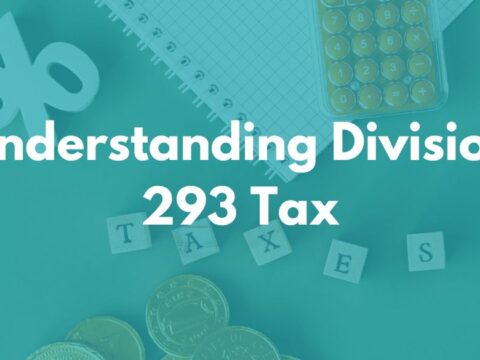Selling A Former Rental Property? Here’s How The CGT Works…
When you sell a rental property in Australia, you may be liable for Capital Gains Tax (CGT) if the property has increased in value.
Here’s a breakdown of how CGT works for rental properties, from understanding gain and loss calculations to applying for potential exemptions.
What Is a Capital Gain or Loss?
You make a capital gain when the amount you receive from selling the property (the “capital proceeds”) exceeds the cost of acquiring and holding the property, known as the cost base. On the other hand, if the capital proceeds are less than the property’s reduced cost base, you make a capital loss.
For Example:
If you bought a rental property for $500,000 (cost base) and sold it for $600,000, your capital gain is $100,000.
When Does the Capital Gains Tax Event Occur?
In most cases, the CGT event occurs when you enter into a contract to sell the property, typically the date the contract is signed, not the settlement date. This date is essential because it determines the financial year in which you must declare your capital gain or loss.
If there’s no formal contract (e.g., in certain transfers of ownership), the CGT event occurs when ownership actually changes.
Calculating the Cost Base
The cost base of the property includes more than just the purchase price. It also factors in certain incidental costs, such as:
- Stamp duty on the property purchase
- Legal and conveyancing fees
- Real estate agent’s commissions on the sale
- Improvements or renovations made to the property after purchase
It’s important to note that certain deductible expenses cannot be included in the cost base. For example, travel expenses related to inspecting a rental property are excluded, as well as certain amounts claimed as capital works deductions (e.g., building depreciation).
Special Circumstances: Capital Improvements and Properties Bought Before 1985
If you purchased the rental property before 19 September 1985, it is generally exempt from CGT. However, if you made substantial improvements after this date, you may be liable for CGT on those improvements when you sell the property.
For example, if you added a new structure to the property or made extensive renovations that add value, you may need to include the capital gain or loss from these improvements in your CGT calculation.
Co-ownership of a Rental Property
If you own the property jointly with others, each co-owner is responsible for reporting their share of any capital gain or loss. For example, if you own 50% of a rental property, you would only report half of the capital gain or loss on your tax return. This applies whether you are co-owners, joint tenants, or tenants in common.
Exemptions and Rollovers
In certain circumstances, you may be able to disregard a capital gain or loss:
- If your rental property was destroyed or compulsorily acquired, a rollover may allow you to defer CGT until a replacement property is purchased.
- If the property was transferred to a former spouse under a court order following a marriage breakdown, CGT may also be disregarded.
For residents of Norfolk Island on or before 23 October 2015, CGT does not apply to rental properties on Norfolk Island held at that time. However, CGT may apply to properties on the Australian mainland and properties acquired on Norfolk Island after that date.
Reporting Your Capital Gain or Loss
To report your CGT, calculate the capital gain or loss and include it on your tax return. If you made a capital gain, you may be eligible for a CGT discount. For individual taxpayers who hold the property for more than 12 months, a 50% CGT discount is available, which effectively reduces the taxable portion of the gain.
For Example:
If your capital gain on the sale was $100,000 and you qualify for the 50% CGT discount, only $50,000 would be subject to tax.
Understanding CGT on rental property sales can help you better prepare for the tax impact.
Accurate records of your property’s purchase price, associated expenses, and any capital improvements will make calculating your capital gain or loss easier when you sell.
Consulting a tax professional can also be beneficial, especially if exemptions or complex scenarios apply.
IMPORTANT NOTICE
This blog post contains general information only and has been prepared by Allworths without reference to your objectives, financial situation or needs. Allworths cannot guarantee the accuracy, completeness or timeliness of the information contained here. By making this information available to you, we are not providing professional advice or recommendations. Before acting on any of the information contained here, you should seek professional advice.




